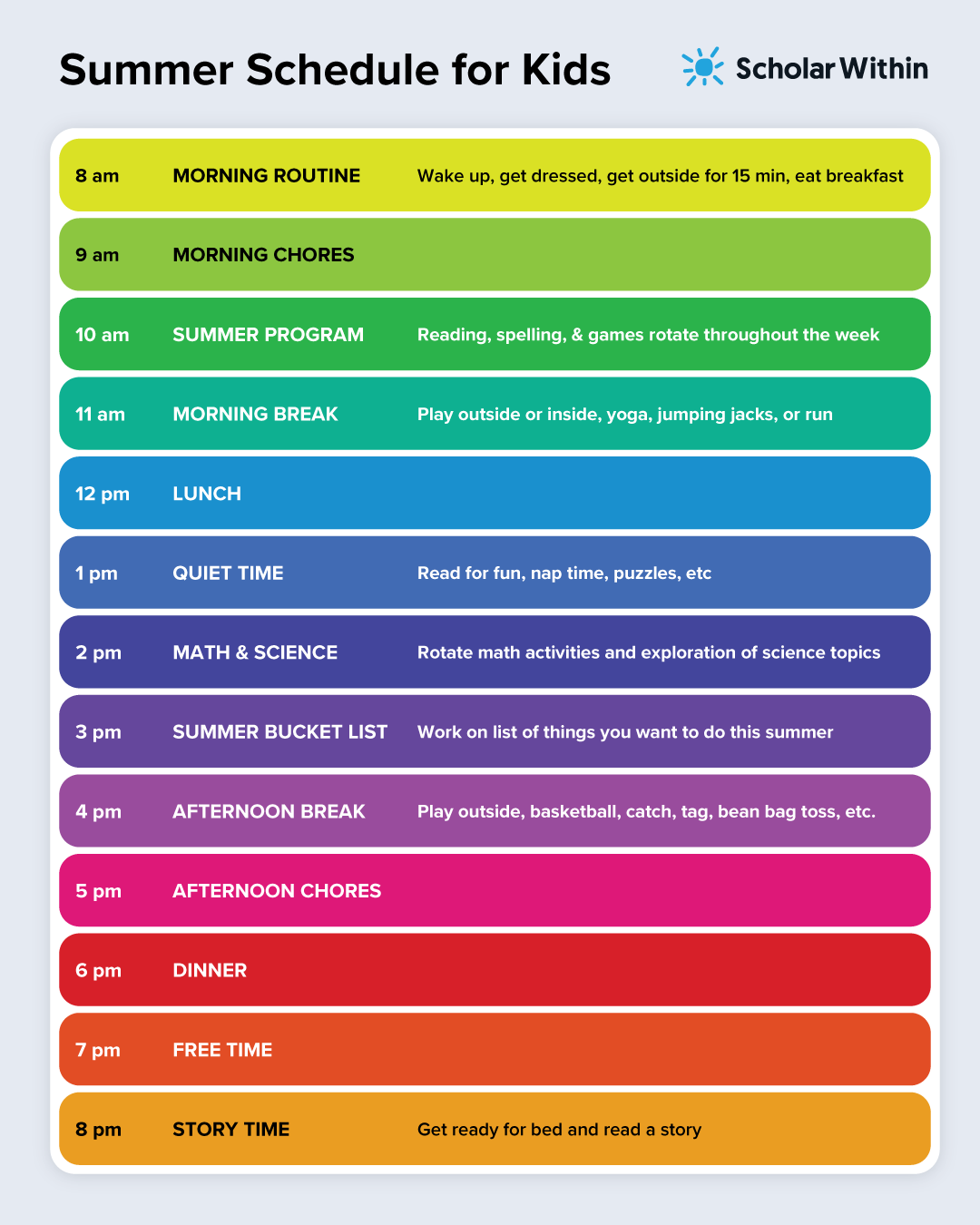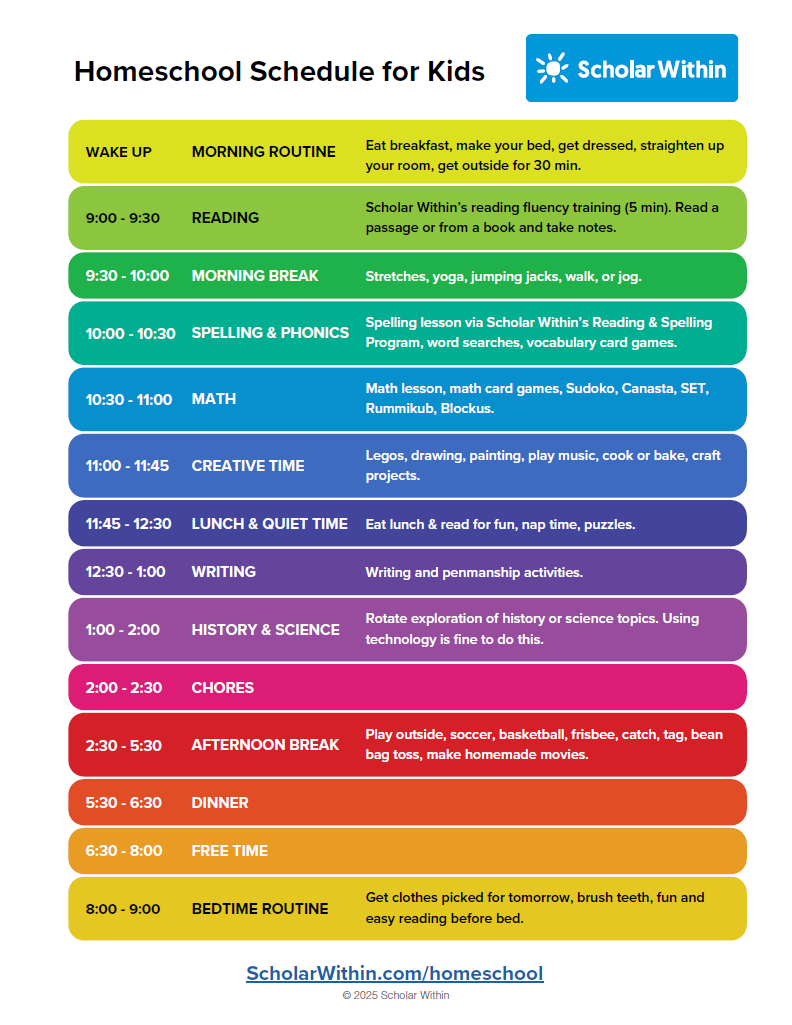
Auditory Processing Activities
Table of Contents
- Overview
- Auditory Processing Disorder (APD or CAPD)
- Real Life Example
- Phonemic Awareness
- Nature Auditory Processing Activities
- Discrimination of Sounds: Auditory Processing Activity
- Auditory Attending CAPD Activity
- Awareness of Phonemes APD Activity
Webinar Replay: Auditory Processing, Decoding, and the Secret to Spelling
Watch Now
Auditory Processing Overview
Auditory processing is one of the three ways we learn. We learn by hearing (auditory processing), seeing (visual processing), and doing (tactile-kinesthetic processing). Good listening skills are needed to make learning easier.
Just like how with taste you can experience salty, sour, bitter, sweet, and savory, with auditory processing there are 9 sub-areas.
- Auditory Coordination
- Auditory Memory
- Auditory Closure
- Audiovisual Integration
- Auditory Figure Ground
- Auditory Discrimination
- Auditory Language Association
- Auditory Language Classification
- Auditory Integration
Central Auditory Processing Disorder (CAPD or APD)
You may have heard of auditory processing disorder (CAPD or APD).
The following behaviors are symptoms of APD:
- Difficulty hearing speech in noisy environments
- Difficulty maintaining attention
- Problems locating the source of a sound
- Difficulty following directions
- Commonly asking for information to be repeated
- Inability to detect subtle changes in tone
- Distracted and inattentive behavior
- Difficulty learning to read
- Academic difficulties, including poor reading and spelling
From those symptoms, you can see why there is an overlap between APD, learning problems, and ADHD. Many of the behaviors are present in all three.
In fact, in the 2016 Journal of Speech, Language, and Hearing Research, de Witt and colleagues concluded that: “The listening difficulties of children with APD may be a consequence of cognitive, language, and attention issues rather than bottom-up auditory processing.” That being said, you can improve those skills since those are all learned skills. So, doing specific activities will improve auditory processing skills.
Real Life Example: Auditory Sensory Overload
I remember back when my youngest was in first grade. He would come home every day with headaches. I didn’t understand why he was coming home with headaches, so I helped out as a parent-teacher aide for a day.
When I helped in the classroom, I realized that there were so many kids talking throughout the day that it was difficult for my son to hear the teacher from the background talking. He wasn’t able to ‘tune out’ or filter the kids talking.
So, what did we do?
I advocated for my son and was able to get him placed in a different classroom that wasn’t so loud. Once we realized that he was more sensitive to sounds, we would try to make a point of not being in overly noisy environments. Over time, he was able to get better at handling noisy environments through different auditory processing activities that we would do.
He would also opt for listening with headphones to music without words while working in environments that were noisy. This helped him tune out too many other sounds.
Nowadays, there are over-the-ear noise reduction ear muffs that look like headphones that can help out with this specific issue.
These interventions helped in the immediate term, but there were some other activities and things we also did to help improve his auditory skills. Plus, it’s hard to go through life if you cannot ever be in noisy environments.
Phonemic Awareness: The learning process specific to auditory processing
Phonemic awareness is the ability to hear, identify, and manipulate sounds. Phonemic awareness is about noticing the nuances of sounds. If a child has problems with auditory processing, it is often because of a weakness in phonemic awareness.
Auditory processing activities are a perfect way to work on improving your ability to hear, identify, and manipulate sounds. These activities help fine-tune your auditory skills and are additionally beneficial for kids who have an auditory processing disorder (APD or CAPD).
Learn more about phonemic awareness
Activities to Help with Auditory Processing
Even if you or your child does not have noticeable issues with auditory processing, these are skills that can be improved and fine-tuned. This can help you pick up the nuances of sounds in what you hear. For example, being able to pick out different instruments in a song, hear specific birds or animals when you go for a hike, or yes, being able to hear more clearly someone who is talking to you instead of the background sounds.
Specific auditory processing activities are included in Scholar Within’s Reading and Spelling Program, but there are also activities you can do at home with your kids. Keep reading to learn more.


Nature Auditory Processing Activities
Pick two places to visit:
- The back yard
- A local park
- The pool
- A state park
- The river
- The lake
- The woods
- A campfire
Sit or stand as quietly as possible, close your eyes for a few minutes, and listen to the sounds around you.
- Can you hear the wind? The rustling leaves of the tree? Any birds or bugs?
- How many different sounds do you hear?
- Do you hear people in the distance?
- Can you imitate any of the sounds you hear?
Discrimination of Sounds: Auditory Processing Activity
Near or far. Have your child close their eyes and judge what part of the environment a sound is coming from. Is the sound near or far?
Loud or soft. Have your child judge and discriminate between loud and soft sounds.
High and low. The child learns to judge and discriminate between high-pitch (e.g. birds chirping) and low-pitch (e.g. fog horn) sounds.
Make a list of the sounds you heard for each place. Take a picture of each place you did the listening at. Afterward, put the pictures together with a quick summary of the sounds you heard using a graphic organizer like those from Ten Minutes to Better Writing and Study Skills.
Auditory Attending: Auditory Processing CAPD Activity
Attending for sound patterns. Have the child close his eyes or sit facing away from you. Clap hands, stomp on the floor, play the drum, bounce a ball, etc. Have the child tell how many counts there were or ask him to repeat the patterns made. Rhythmic patterns can be made for the child to repeat. For example slow, fast, fast. You can add variation to this activity by alternating different object sounds.

Awareness of Phonemes or Letter Sounds: Auditory Processing APD Activity
Initial sounds. Have your child think of words that begin like the name Tom. For example table, top, tumble, teach, two, talk, etc. You can take this activity further by having your child circle all the words or pictures in a magazine that start with the same beginning sound like Tom. You can choose different words that start with different beginning sounds to stretch your child’s skills.
Ending sounds. You can follow the same activity above, but by using the last sound of words. This can also work great for finding rhyming words and writing poems.
These activities can be done at home whether you are homeschooling or helping your child after school. These activities help those children with dyslexia, learning disabilities, ADHD, and auditory processing problems such as auditory memory. Teaching strategies are just that, teaching strategies. A strategy can be used by a parent who is interested in helping their child improve their auditory processing skills.



